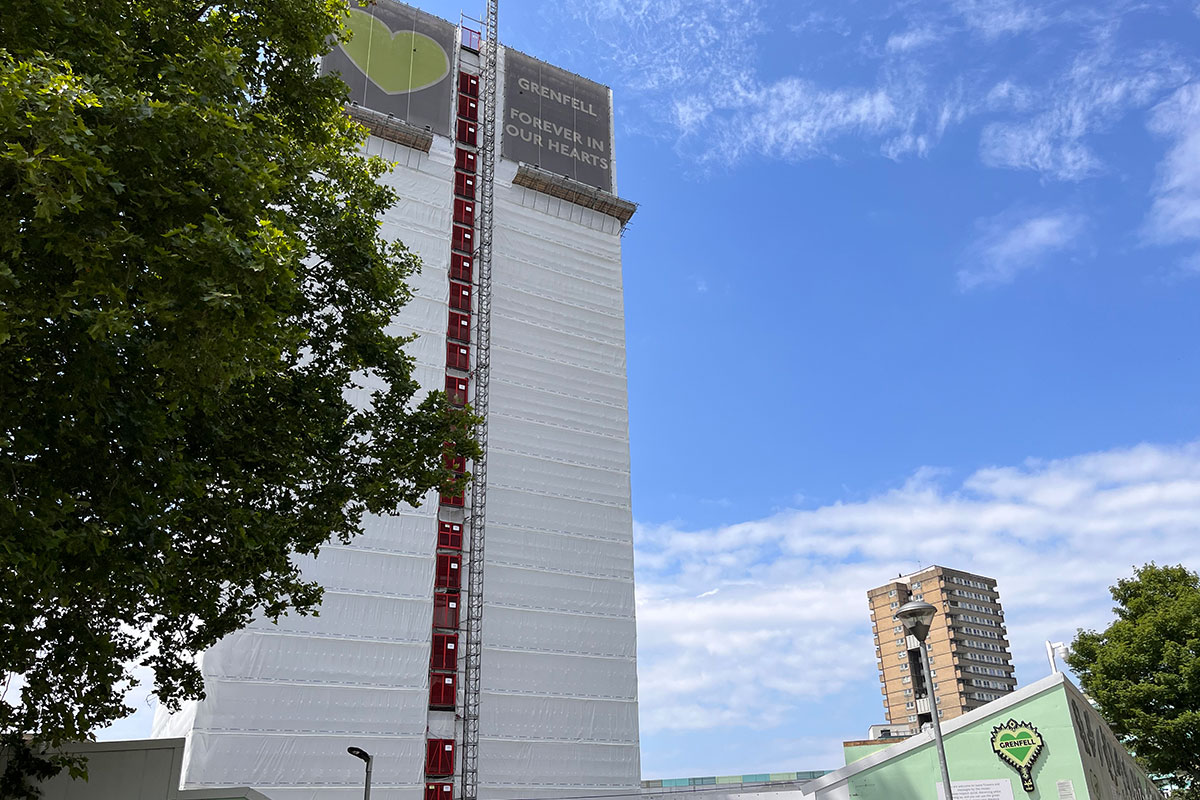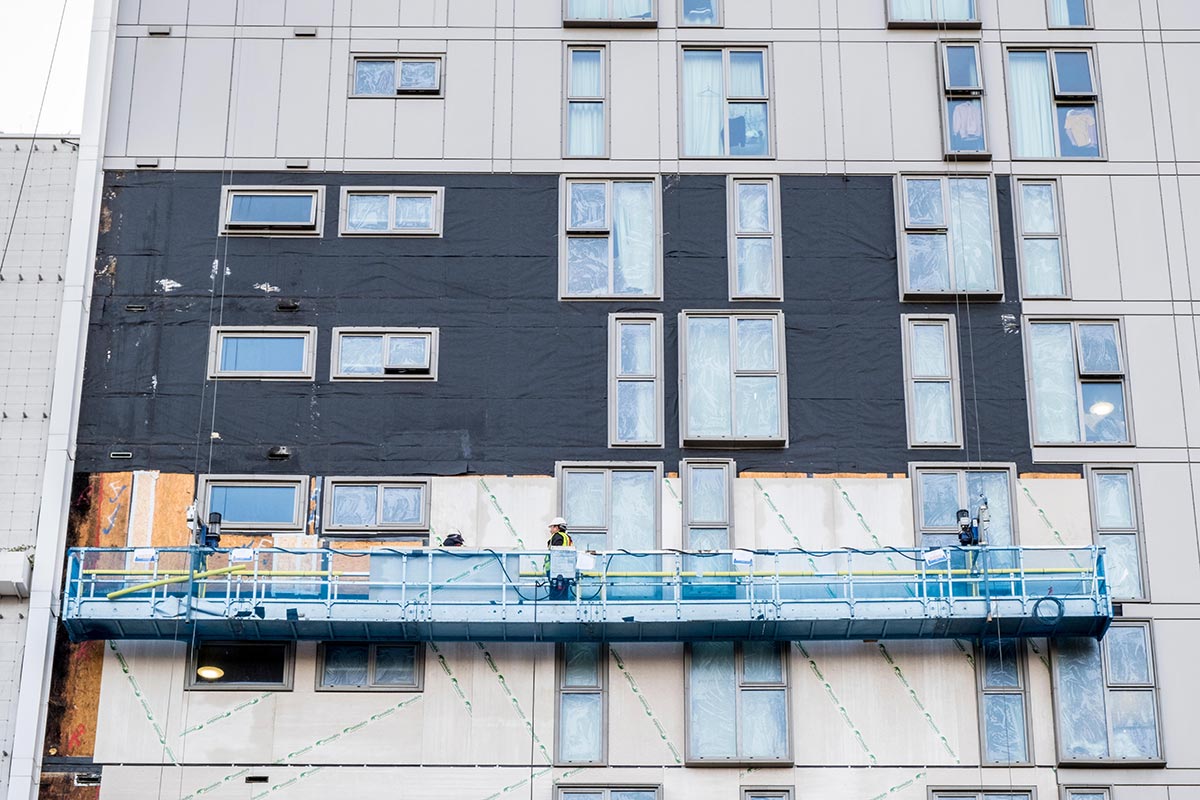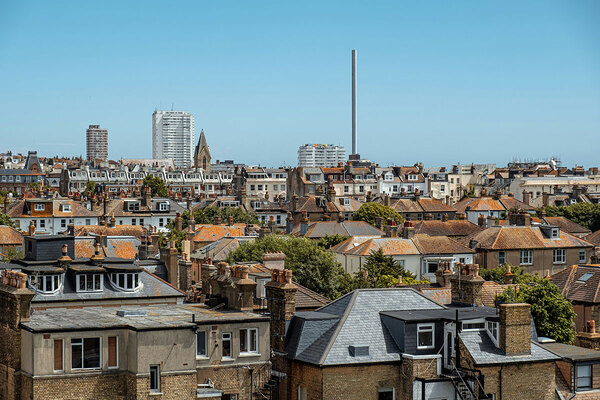London council takes tower owner to court over delay to replace flammable cladding
A London council has taken the owner of a residential tower to court to argue that the urgent replacement of flammable cladding was unnecessarily delayed.
Hearings concluded last week for the London Borough of Newham’s action against the owner of the Lumiere Building on Romford Road, in what is thought to be the first case in which a local authority has used its powers under the Housing Act for a cladding-related prosecution.
Westminster Magistrates’ Court heard that four types of flammable cladding were identified on the nine-storey block of 71 flats in 2019, including high-pressure laminate as well as aluminium composite material, which contributed to the Grenfell Tower fire.
Newham council issued an improvement notice in September 2020 that gave owner Chaplair Ltd until 31 March 2021 to remove the dangerous cladding.
Chaplair had not complied with the notice by summer 2021, so Newham applied for a prosecution. The cladding was not removed until February 2022, nearly a year after than the deadline.
Ian Dick, project manager for private sector housing standards at Newham council, argued in court on Friday that Chaplair’s decision to swap contractors for the repair works created an unnecessary delay. Chaplair abandoned talks with Willmott Dixon for another contractor, Lawtech, in January 2021.
“We couldn’t fully understand why the Willmott Dixon opportunity, which seemed a golden opportunity, was dropped,” said Mr Dick. “We couldn’t understand that a business decision was taken over safety.”
Archie Maddan, the barrister representing Newham, also argued that Chaplair delayed the work until Building Safety Fund grants were fully secured, even though the cladding posed a significant and continuing threat to residents.
Julia Kendrick, the barrister representing Chaplair, said the owner had a reasonable excuse to miss the deadline, claiming the “building was unusual because of the four types of interlocking cladding”. Its “proximity to the railway” also meant Network Rail had to sign off the works.
Ms Kendrick said that problems with government grants left Chaplair with a £1m shortfall in funding for the works.
Mr Dick accepted that the government’s “rather labyrinthine funding arrangements” and the way the remediation grant system was put together “on the hoof” gave Chaplair problems. However, he said these “weren’t difficulties that couldn’t have been overcome”.
Philip Eyre, a solicitor who had advised Chaplair on its contract with Willmott Dixon, spoke to the court as a witness. He said he had told the managing agent of the building, Salter Rex, in November 2020 that Willmott Dixon’s designs and terms for the recladding were “unusual” and unacceptable.
He claimed that neither Chaplair nor Salter Rex had made him aware at the time of Newham’s improvement notice or the deadline.
“They should” have told him, he said. However, even if they had, it would not have affected his advice for Chaplair to switch contractors.
“The consequences of going down the Willmott Dixon path could have been disastrous for Chaplair if anything had not been right with the design of the recladding,” he argued.
A decision will be given in open court on 6 September.
Sign up for our fire safety newsletter
Already have an account? Click here to manage your newsletters












